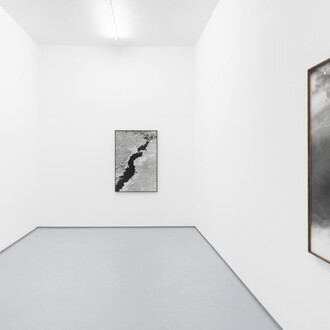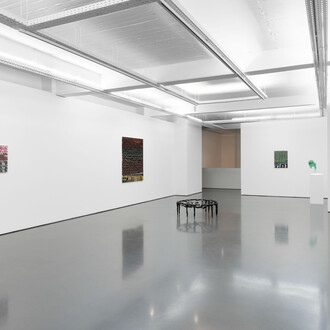Charlotte Salomon was born in 1917 in Berlin and murdered in Auschwitz in 1943. Between 1940 and 1942, she painted more than 1300 gouaches, of which she selected 769 for Life? Or Theatre?. This young Jewish woman hurriedly created one of the most extraordinary works of the twentieth century.
Fleeing Nazi persecution, the artist went into exile in Southern France in 1939, liberating herself from all power and foresights: Her work is one of freedom and farewell to Germany and its culture. Devastated by her family tragedy, Charlotte Salomon writes, paints, and plays "Leben? Oder Theater? Ein Singespiel" between heaven and earth, in a suspended temporality, as a response to the existential need not to die. Each gouache is a deep plunge into the soul, a form of resistance to death and despair. Comprising experiences, dreams, hopes, and traumas (her aunt’s, mother’s, and grandmother’s suicides), "Life? Or Theatre?" is a complete work of art—audible, visual, and literary at once.
Charlotte Salomon survived because Wolfsohn (DABERLOHN in "Life? Or Theatre?") gave her faith. She first met him when he was the singing teacher of Paula Lindberg, her stepmother (the famous singer PAULINKA BIMBAM in Life? Or Theatre?). Alfred Wolfsohn had an enormous spiritual and artistic influence on Charlotte, and was probably her first (dreamed, fantasised?) love. Charlotte Salomon becomes CHARLOTTE KANN ("Kann" from the German verb "können," meaning "can"?) in Life? Or Theatre?, while never using the word "I." The terms "autofiction" or "remembrance" could describe this work: By means of her artistic genius and her culture, Charlotte Salomon confronts reality. The subject matter is that of memory, of one’s relationship to history, to others, and to oneself. The expression of this Singspiel—as she defines her work—is a modulation of emotions and sorrows, but also of irony.
Charlotte Salomon's style develops throughout "Life? Or Theatre?" and hastily acquires dexterity and expressiveness. She also uses art history as quotation. Charlotte Salomon evokes the works of artists dear to her: Michelangelo, Vincent van Gogh, Auguste Rodin, Edvard Munch, Marc Chagall, Henri Matisse… The Charlotte Salomon enigma is that of an artist, an inhabited woman, who bears the culture of a ravaged world which she manages to convey in her solitude. Her material deprivation is compensated by her spiritual magnificence.
Music and painting are forms of orchestration, organising the whole work and determining its intensity. Charlotte Salomon seizes the window of art to avoid suicide by defenestration (as was the case of her mother and grandmother). Life? Or Theatre? is the ultimate cultural offering of a German Jewish woman—a work in which music, painting, cinema, theatre, and literature, but also philosophy, psychoanalysis, and religion, illuminate each other.
There is a permanent duality in the work: CHARLOTTE KANN and Charlotte Salomon, the two windows evoked; but also life and death; life and/or theatre; the feminine and/or the masculine. The audacity, sensitivity, and insight in Charlotte Salomon's plastic work are social, political, and feminist as well. Life? Or Theatre? is mainly a love song—one of the most beautiful in the twentieth century—where passion is chained to art.
In the eight written pages that conclude the work, DABERLOHN’S beloved face comes back to her, facing the sun. Charlotte sees herself dying, fainting, escaping to be reborn as an artist.
















